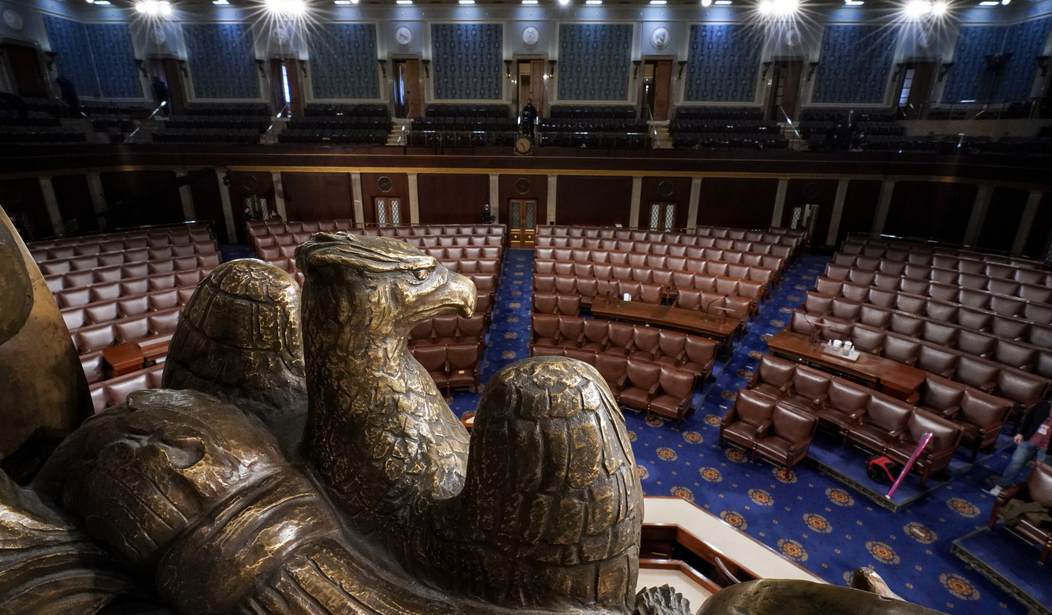While we're still all celebrating the wins from this 2024 election contest, it's not too soon to look ahead. The 2026 mid-terms aren't all that far off, and the 2028 election will be happening before we know it. But there are other events of great import on the horizon and one of those is the 2030 census, the re-apportionment of Congressional seats, and the allotment of presidential electoral votes that comes along with it.
On Wednesday, Ben Shapiro dropped this map on X, and it's interesting:
Hey Democrats, I have some more unfortunate news for you. Here's what the electoral map looks like after the 2030 census. Republicans likely pick up TWELVE electoral votes through population growth. pic.twitter.com/1Qj8iL6a0d
— Ben Shapiro (@benshapiro) November 6, 2024
Ben has given us something to think about - but, as is so often the case, this blade has two edges. Well - at least, it might.
The data Ben Shapiro presents comes from the American Redistricting Project.
Congressional representation is reapportioned every decade following the completion of the decennial census. Each year the Census Bureau produces the Population and Housing Unit Estimates Program; the most recent estimate was released December 2022.
A weighted average growth rate is applied to the July 1, 2022 estimates of the resident population of the United States from the Census Bureau to produce a forecast for the 2030 apportionment.
Bear in mind that this is a projection, and six years out at that. Even so - the map, if even close to accurate, has some interesting implications, such as:
California. California has, for decades, been a problem for Republicans in presidential elections. California, despite what is essentially one-party rule in Sacramento, still sends Republican members to the House of Representatives. But the once-and-former Golden State also presents a difficult-to-overcome monolith of 54 Electoral College votes. Donald Trump was able to overcome that built-in Democrat advantage by smashing through the much-touted Blue Wall like the Kool-Aid Man - the only thing he was missing was the shout of "OH YEAH!" But, while the current California 54 will still be obtained in 2028, 2032 may be very different - this estimate has California dropping to 49. And where do many of those seats go?
Texas and Florida are projected to each gain four seats, bringing Texas to 44 and Florida to 34. An added six points will go, one each, to several other mostly red states - Idaho, Utah, Arizona, Georgia, Tennessee, and North Carolina. These seats are at the cost of one each from blue states Oregon and Minnesota, and one each from two swing states that went for Trump this year - Wisconsin and Pennsylvania.
But two more deep-blue states, Illinois and New York, are projected to lose two and three seats, respectively.
That could be a game-changer for the next decade.
See Related: Trump's Victory May Herald a Fundamental Reordering of American Politics
But, as always, there may well be a catch. As someone famous once said, predictions are hard to make, especially about the future - and this possible future is six years away. Much can change in that time. Democrats' efforts to turn Texas blue appear to have failed utterly for now, but things change. It's important to remember that Colorado was a red state as recently as the '80s - and in 2000 Florida was a desperately fought-over swing state. California elected Ronald Reagan as Governor, not once but twice. Things can change, and we can't always predict how.
The next census, one way or another, will have a significant impact on American politics. But we likely won't know precisely how until it happens - until then, it's all speculation.















Join the conversation as a VIP Member